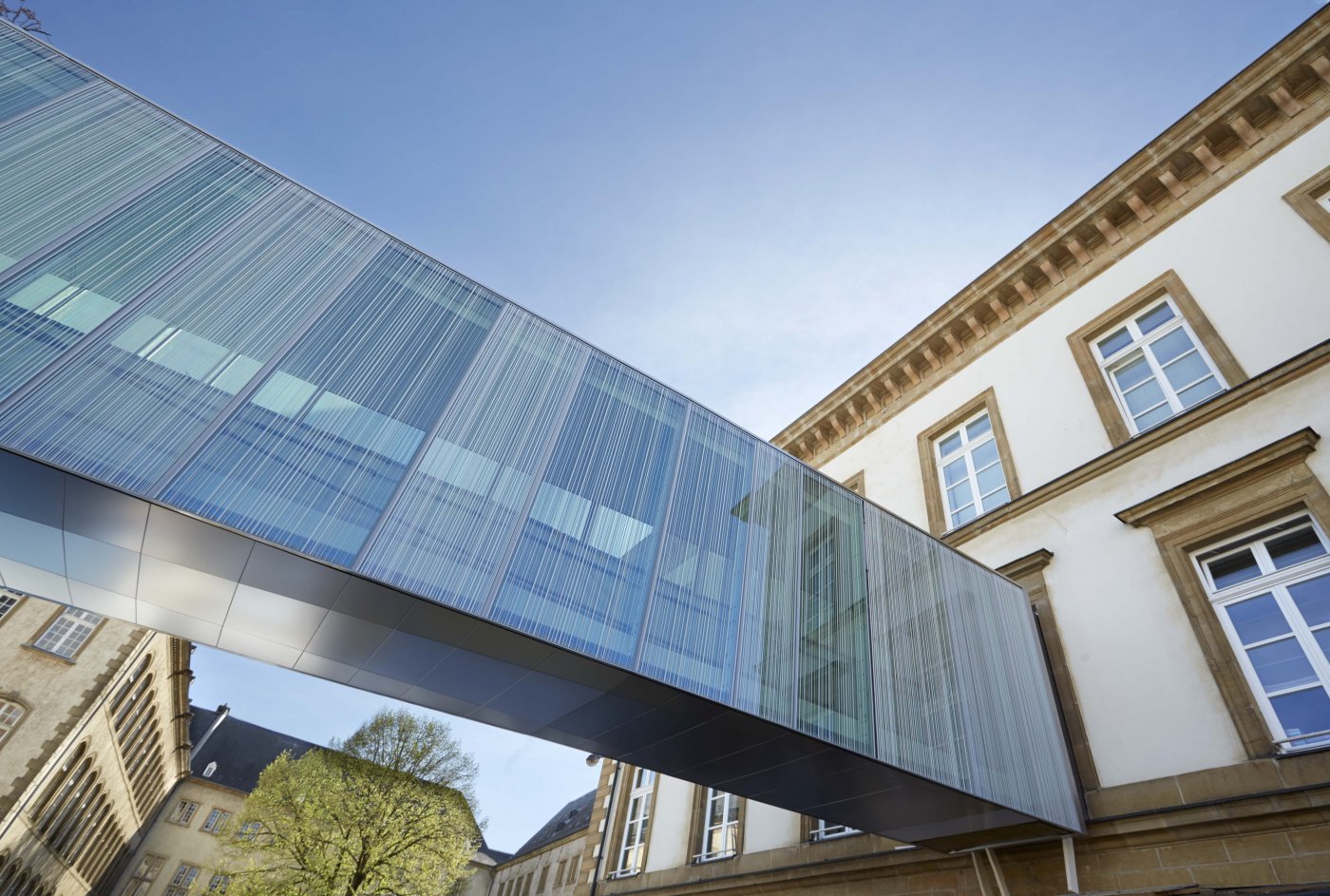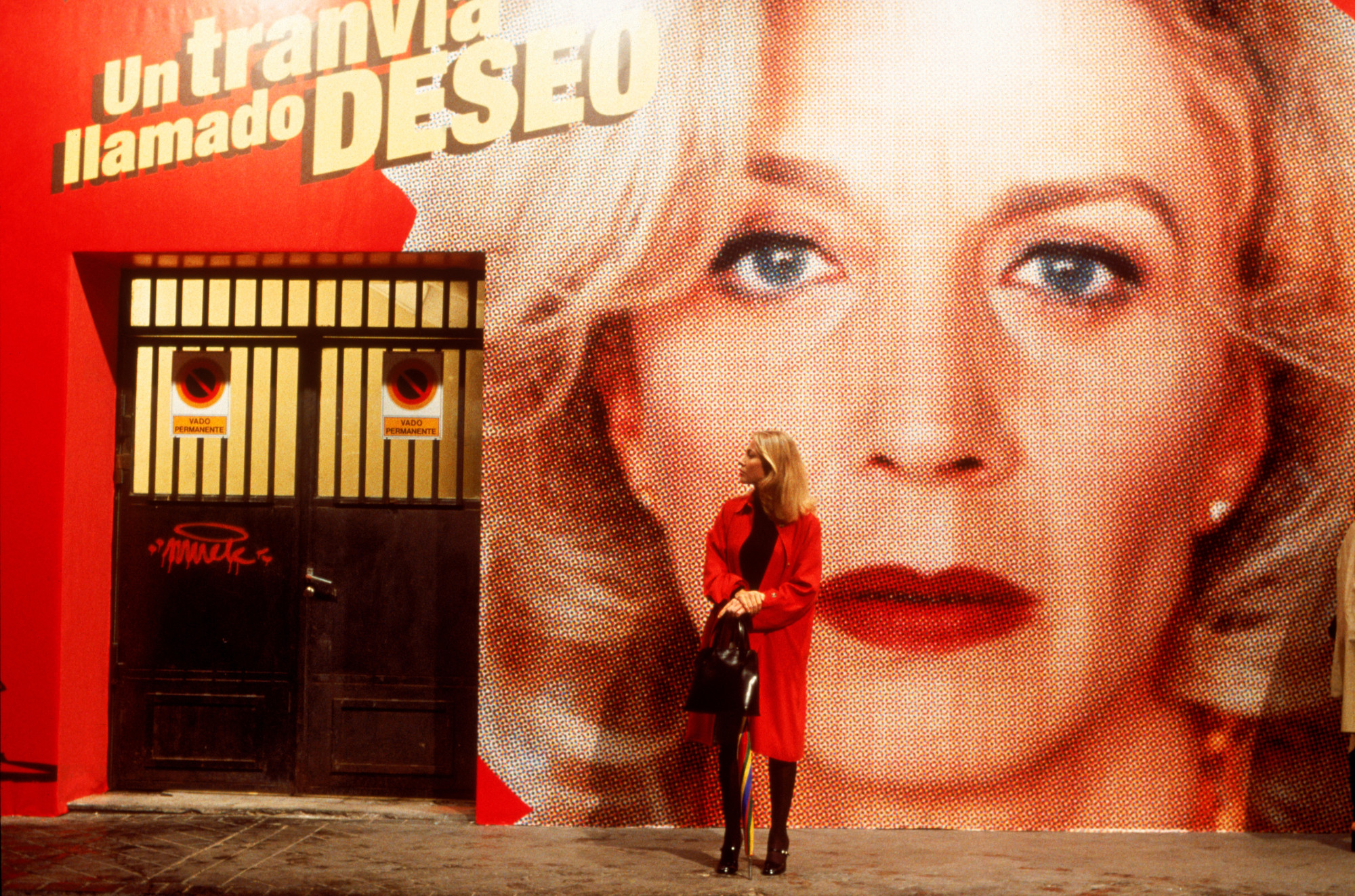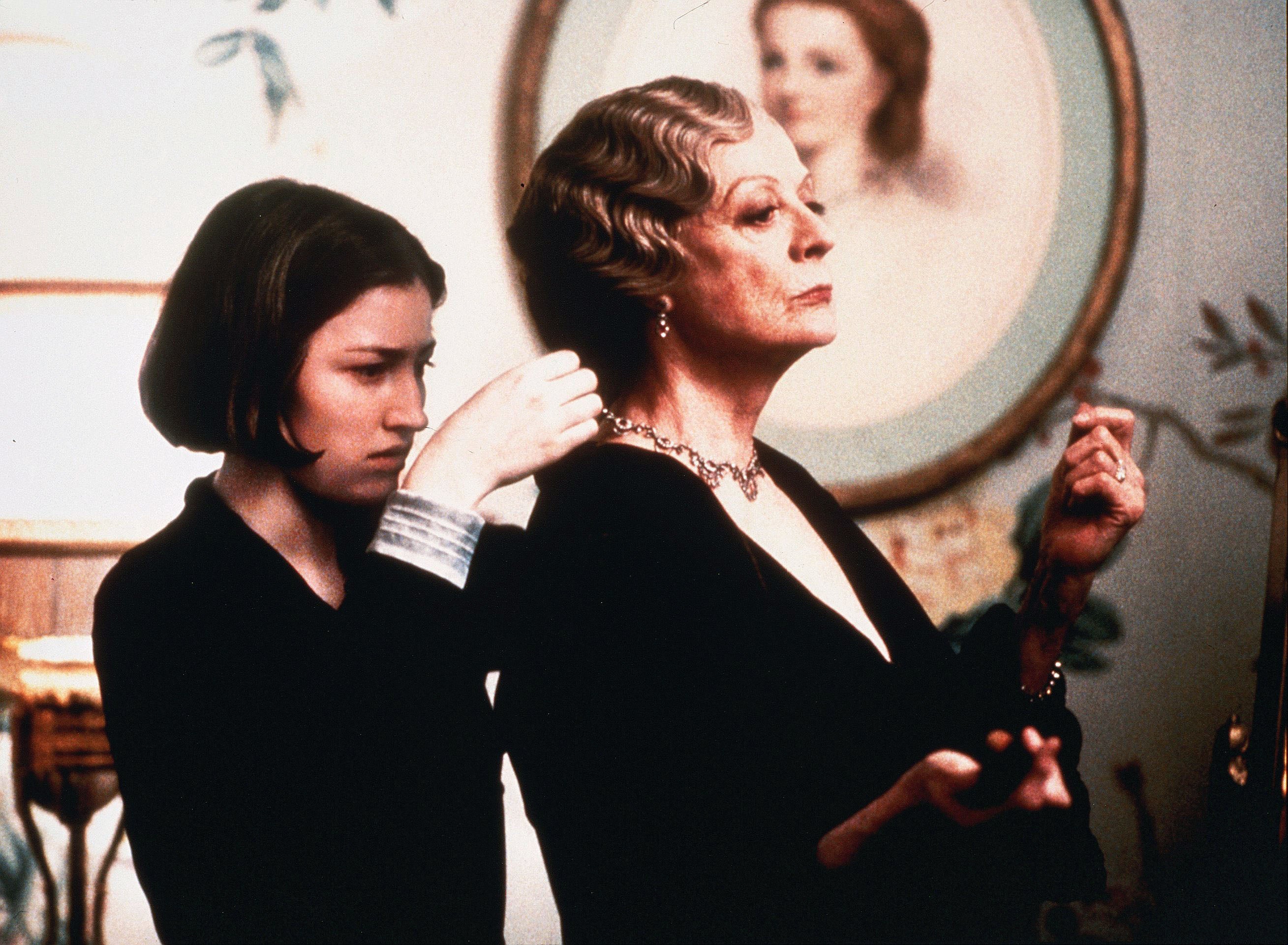Summary record
Video
Greening of public spaces in Luxembourg City
QUESTION POSED BY PAUL GALLES
The greening of public spaces in Luxembourg City is an increasingly important issue, especially when considered in the context of climate resilience. In the summer months, many of our public squares – such as Place Guillaume II and Place de Paris, for example – become scorching deserts. Greening some of the public spaces in Luxembourg City can help reduce temperatures in the city. Does the College of Aldermen have any plans to make our public squares greener so as to improve the urban climate and create more shaded areas? Does the City have standards, thresholds and criteria in this respect? Does the College of Aldermen take temperature readings in the city's public squares? Has it examined existing options for making our public squares greener? Which specific public squares are being considered? Is the College of Aldermen looking at other cities to get ideas?
RESPONSE PROVIDED BY ALDERMAN SERGE WILMES
The issue of greening public spaces has been an increasingly recurring theme over the last few years on account of the very hot summers we have experienced, but it is an issue that has commanded the attention of our political leaders even before that. Sixty-eight percent of Luxembourg City is green (gardens, meadows, fields, forests, roadside trees, etc.). Trees and other plants are important not only for the shade they provide and for reducing temperatures but also because they promote biodiversity. By definition, a city is a place with many buildings and enclosed spaces. The challenge for us is finding the right balance between creating a hospitable urban climate and preserving the functional diversity of our public squares. The City makes every effort to achieve this balance when upgrading our public squares. Luxembourg City is much less urbanised than other cities, such as Paris, Brussels and Barcelona. The extent of the forested areas and other green spaces in Luxembourg City is clearly visible from aerial views.
But this does not mean that the City can sit back and rest on its laurels. We need to bear in mind that there are many underground facilities in Luxembourg City – for example, car parks, like the one under Place Guillaume II – which means that trees that can provide shade cannot be planted just anywhere, as these trees have roots that penetrate several metres into the soil. The College of Aldermen has plans to make several of our public squares greener, using mobile urban planters (e.g., in Place Guillaume II, Place de Paris, Place Hamilius, Rue Notre-Dame, etc.), which would also make these areas more pleasant and welcoming. For all new Special Development Plans (Plans d'aménagement particulier – PAPs), at least 10% of the surface area must be green. The College of Aldermen is fully aware of the importance of green spaces in the city, and plans to at least maintain, and even increase the proportion of greenery you mentioned (68%) in the coming years.
Sponge City concept
QUESTION POSED BY PAUL GALLES
The Austrian city of Vienna has played a pioneering role in developing the "sponge city" concept. The idea behind this concept is that trees' roots create a layer that acts like a sponge. This has a number of benefits, including the development of strong healthy trees, the preservation of a healthy microclimate in the city – due to the shade provided by the trees – the promotion of carbon fixation, the retention of rainwater, and the preservation of biodiversity, in that the trees provide a habitat for other plants and animals. Would adopting the "sponge city" concept also be an appealing move for Luxembourg City?
RESPONSE PROVIDED BY MAYOR LYDIE POLFER
The "sponge city" concept is interesting, but its feasibility depends on the nature of the soil. The situation is different depending on whether we're talking about clay soils or stony soils. In Luxembourg City, there are different types of soil. Our municipal departments are wholly committed to preserving and promoting the development of our forests and trees.
Upgrade work on Boulevard de Kyiv
QUESTION POSED BY ELISABETH MARGUE
Following the inauguration of Boulevard de Kyiv, several stakeholders rightly observed that there were no trees along this new major thoroughfare. Was the City involved in the upgrade of Boulevard de Kyiv? Was this upgrade approved by the College of Aldermen? Does it have the resources to remedy the absence of greenery along this boulevard?
RESPONSE PROVIDED BY MAYOR LYDIE POLFER
Boulevard de Kyiv is part of the road network that belongs to the State. The adjoining land also belongs either to the State or to the Luxembourg National Railway Company (CFL). As such, the upgrade works on Boulevard de Kyiv, and the absence of trees, are the sole responsibility of the State. It would be good if the surroundings could be made greener as part of a future special development plan that would be implemented over the long term.

















